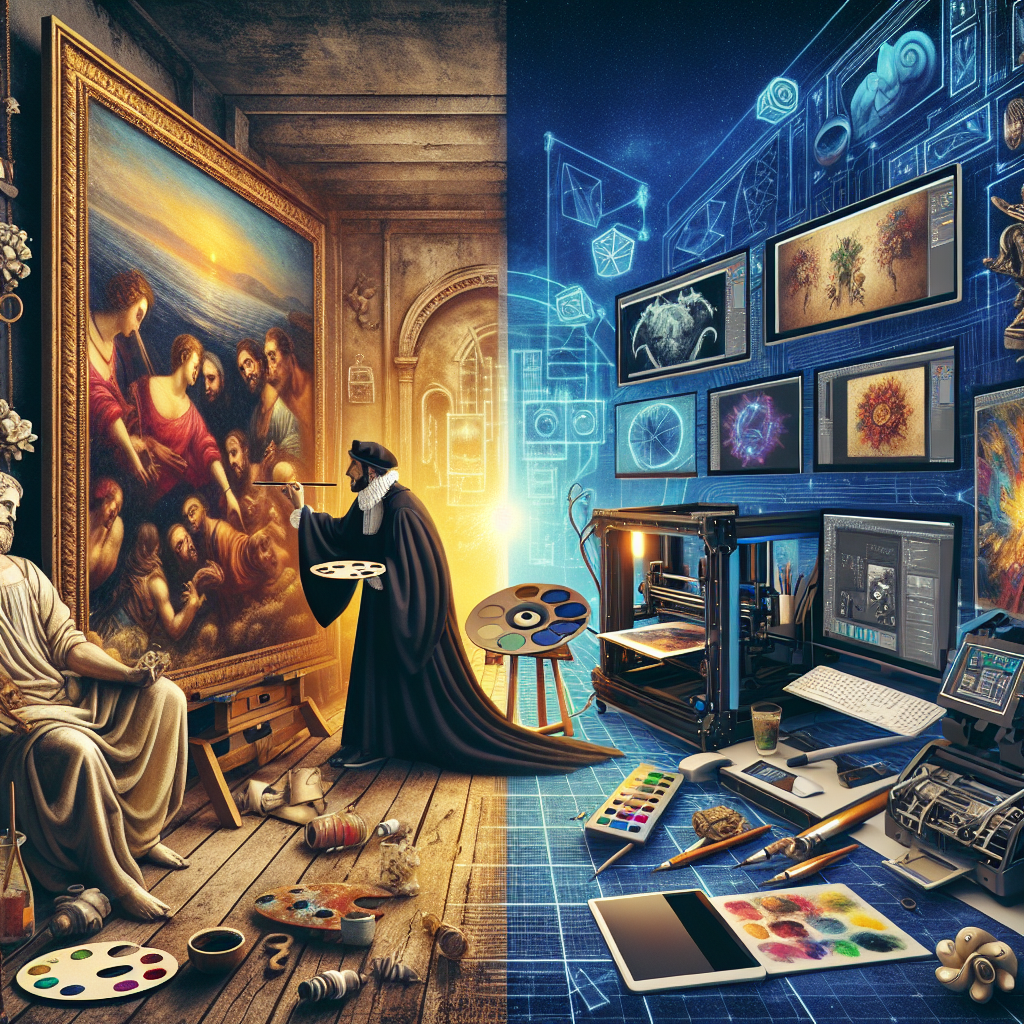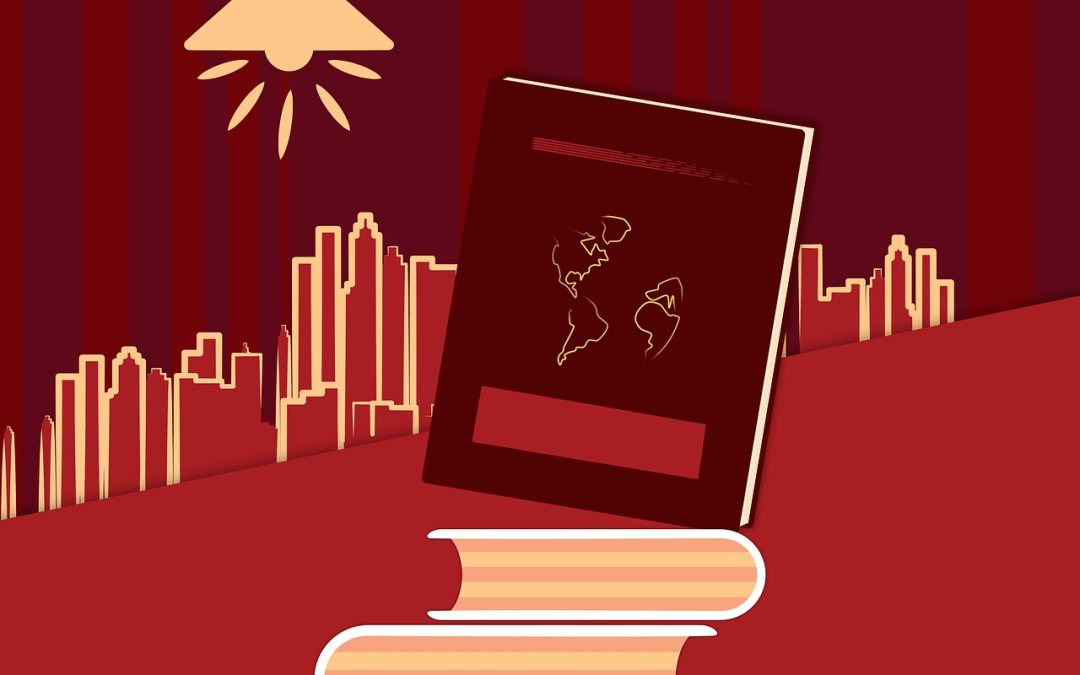
Art has always played a crucial role in society, serving as a medium of communication that transcends time and culture. In a recent TED Talk, artist Wangechi Mutu emphasized the importance of art as an ancient language that allows us to converse with each other into the future. This profound statement raises intriguing questions about the potential future trends in the world of art.
1. Art as a Universal Language
Mutu’s assertion that art acts as a universal language brings to light the possibility of increasing cross-cultural collaborations and exhibitions. As technology continues to connect people from diverse backgrounds, art can serve as a powerful tool for fostering understanding and promoting dialogue. Artists from different countries and cultures can collaborate on projects, creating works that communicate shared human experiences and bridge gaps between nations.
Prediction:
In the future, we can expect to see more international art initiatives that bring artists from various backgrounds together to create collaborative exhibitions and installations. These projects will aim at promoting global dialogue and cultural exchange.
2. Technology-Infused Art
With advancements in technology, art has the potential to evolve and take on new forms. The integration of technology and art has already started with the emergence of virtual reality (VR) and augmented reality (AR) experiences. Artists can now create immersive installations that allow viewers to engage with the artwork in a more interactive and dynamic manner. Additionally, the use of artificial intelligence (AI) in art creation is on the rise, enabling artists to explore new artistic possibilities.
Prediction:
In the coming years, we can expect a surge in technology-infused art, with AI and VR/AR playing key roles in pushing artistic boundaries. Artists will create immersive digital experiences that blur the line between virtual and physical realms, captivating audiences with their ingenuity and creativity.
3. Environmental Art and Activism
In recent years, there has been a growing concern about environmental issues, and this is reflected in the art world. Artists are increasingly incorporating environmental themes into their works, using art as a means of raising awareness and promoting sustainability. From large-scale installations made from recycled materials to thought-provoking sculptures that highlight the impact of human activities on ecosystems, environmental art is becoming a powerful tool for activism.
Prediction:
In the future, environmental art will continue to gain prominence as a medium for activism and raising awareness about ecological challenges. Artists will create installations that prompt viewers to reflect on their relationship with nature and drive them towards taking action for a more sustainable future.
4. Art and Social Justice
Art has always been a powerful tool for addressing social issues and promoting justice. However, as social movements gain momentum across the globe, we can expect art to play an even more significant role in driving change. Artists will tackle topics such as racial inequality, gender discrimination, and political unrest through their work, sparking conversations and challenging societal norms.
Prediction:
Art will continue to be a catalyst for social change, with artists using their craft to shed light on pressing societal issues. We can anticipate a rise in politically-charged art exhibitions and performances that encourage dialogue and promote inclusivity.
Recommendations for the Industry:
- Encourage cross-cultural collaborations by organizing international artist residencies and exhibitions.
- Promote investments in technology-infused art by supporting research and development in areas like AI and VR/AR.
- Provide platforms for environmental art to raise awareness and encourage sustainable living.
- Support artists addressing social justice issues by providing grants and opportunities for their work to be showcased.
Conclusion
The future of art is undoubtedly exciting, with potential trends suggesting a more interconnected and socially conscious landscape. Through cross-cultural collaborations, technology-infused art experiences, environmental activism, and social justice initiatives, art will continue to transcend boundaries and engage viewers on a deeper level. As we embrace these future trends, we must also recognize the importance of supporting artists and providing them with platforms to express their voices and drive positive change.
References:
– TED Talk by Wangechi Mutu: [insert link here]
– Artnet: https://news.artnet.com/art-world/art-insiders-predictions-for-2021-1956121
– The Guardian: https://www.theguardian.com/artanddesign/2021/apr/27/climate-crisis-solutions-artists-glasgow-art-space-environmental-protest
– UNESCO: https://en.unesco.org/themes/creativity
